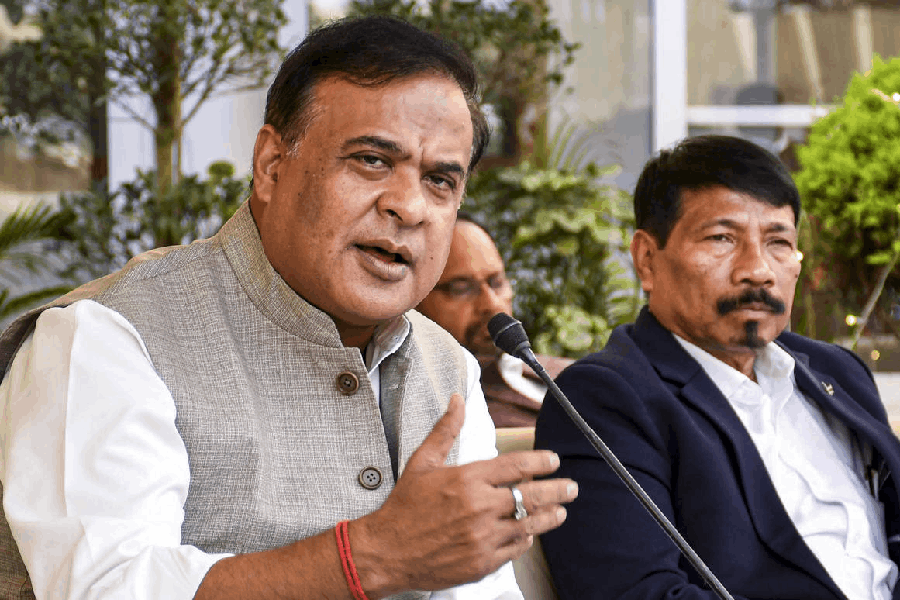|
|
| Extreme measures |
Adopt well-organized structural and non-structural measures to alleviate flood damages and prepare operational frameworks for the risk management. In aiming to establish improved strategies against flood, each country should share information and lessons learned in mitigating the flood damages. Hydrosolidarity should be seen as the ethical basis for wise water governance and provides a background for balancing upstream against downstream water use and human use against ecosystems. General acceptance will depend on the general public’s, policy makers’ and politicians’ understanding of how systems are internally linked by the water circulating through the catchment.
Support integrated management of reservoirs sediments by developing safe and economical technologies powered by effective environmental assessment tools to increase the life of dams and ensure sustainable water resources and downstream ecosystem. Create a robust mechanism to support adaptive and dynamic river basin and water management systems by promoting scientific approaches to water problems and flexible consensus and global partnerships. Sharing international knowledge and experiences should be a key issue towards comprehensive water resources development for the purpose of coping with water problems and difficulties in monsoon regions and the world.
Promote public participation through continuous discussions between water officials, residents and all concerned parties around the same table. Transparency in water development is seen as a key issue to share a common and sustainable image for the future of the river basin.
Due to natural and anthropogenic causes, the climate pattern in future would have more extremes, causing frequent flash floods in some areas and severe droughts in others. Any global model on climate will not be able to predict the daily or weekly amount of rainfall over a given area. Under these circumstances, the only key issue is to stabilize and protect the farmer against the vagaries of climate, through watershed management or watershed development. Worldwide, including in Japan, climate change appears not only in temperature variability but in precipitation as well. There is a possibility to find the same trend of climate change characteristics in east Asia. The understanding of this problem by many is required for addressing the issues of the impacts of climate change to floods and droughts.
Actions: Create a resilient interface to absorb the shocks of the climatic changes and to provide some insurance for the water managers using proper management of micro-watershed of a first order stream. The micro-watershed management can greatly improve, among other benefits, the control of silting process behind major dams.
Recommendations: Watershed and micro-watershed must be promoted as a means of providing employment, minimizing soil erosion, controlling peak hydrograph, and enhancing groundwater recharge from rainfall. The successful case of microwatershed should be compiled and documented. Best practices in integrated water resources management should emphasize land-use planning and watershed management with public participation recognizing the role of NGOs as facilitators. There is a necessity for intensified observations of climatological and hydrological phenomena within and beyond the river basin boundary. Accordingly it is necessary to develop new models to improve forecasting techniques. Promote dialogues and public involvement in close relation with researches and officials.
In building comprehensive management plan of a river basin with cities and river courses, it is important to consider various aspects such as flood defense and evacuation, conservation of water environment, etc into an action plan. In view of a river basin planning, comparative studies of the methodology used all over the world are considered to be important. Water and its significance in the tradition, culture, ethic and social practices have been forgotten with the increasing run of technology. There is an urgent need to reconsider the integration of human values into water and sanitation education awareness programmes to revive the traditions and cultural practices that ensure sustainable availability of water.
Most of the major cities in Asian countries and Japan are located in the low and flat alluvial plains, where malfunctions of water retention and retardation caused by rapid progress of urbanization have increased the cities’ vulnerability to flood damages topographically and socially.











